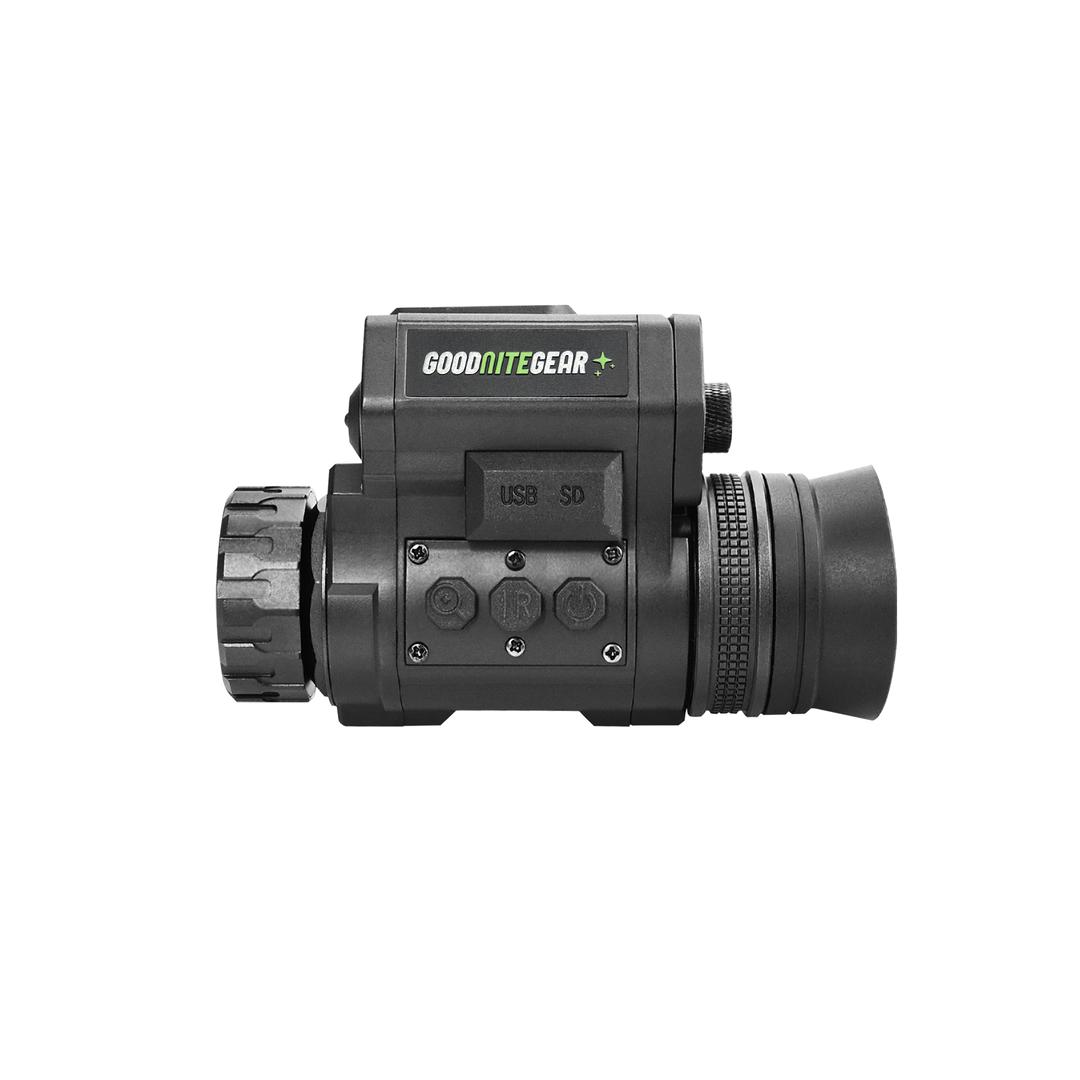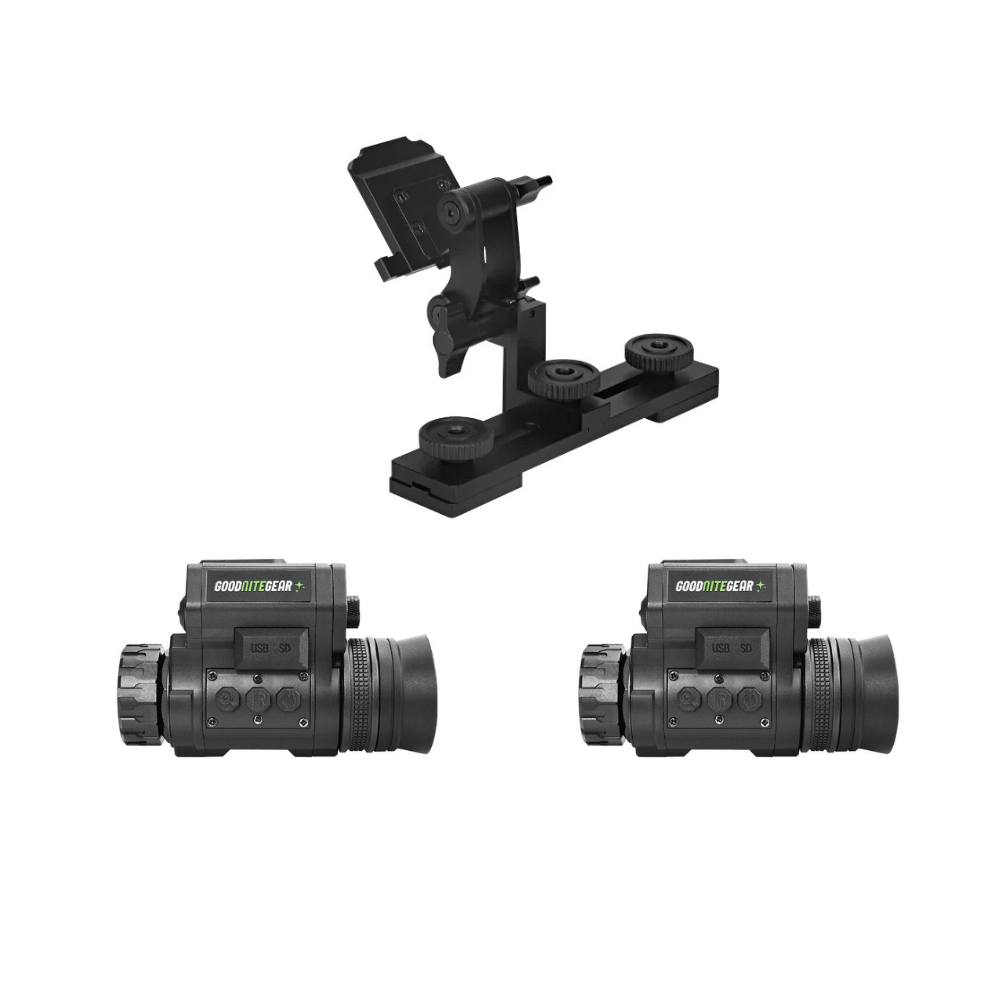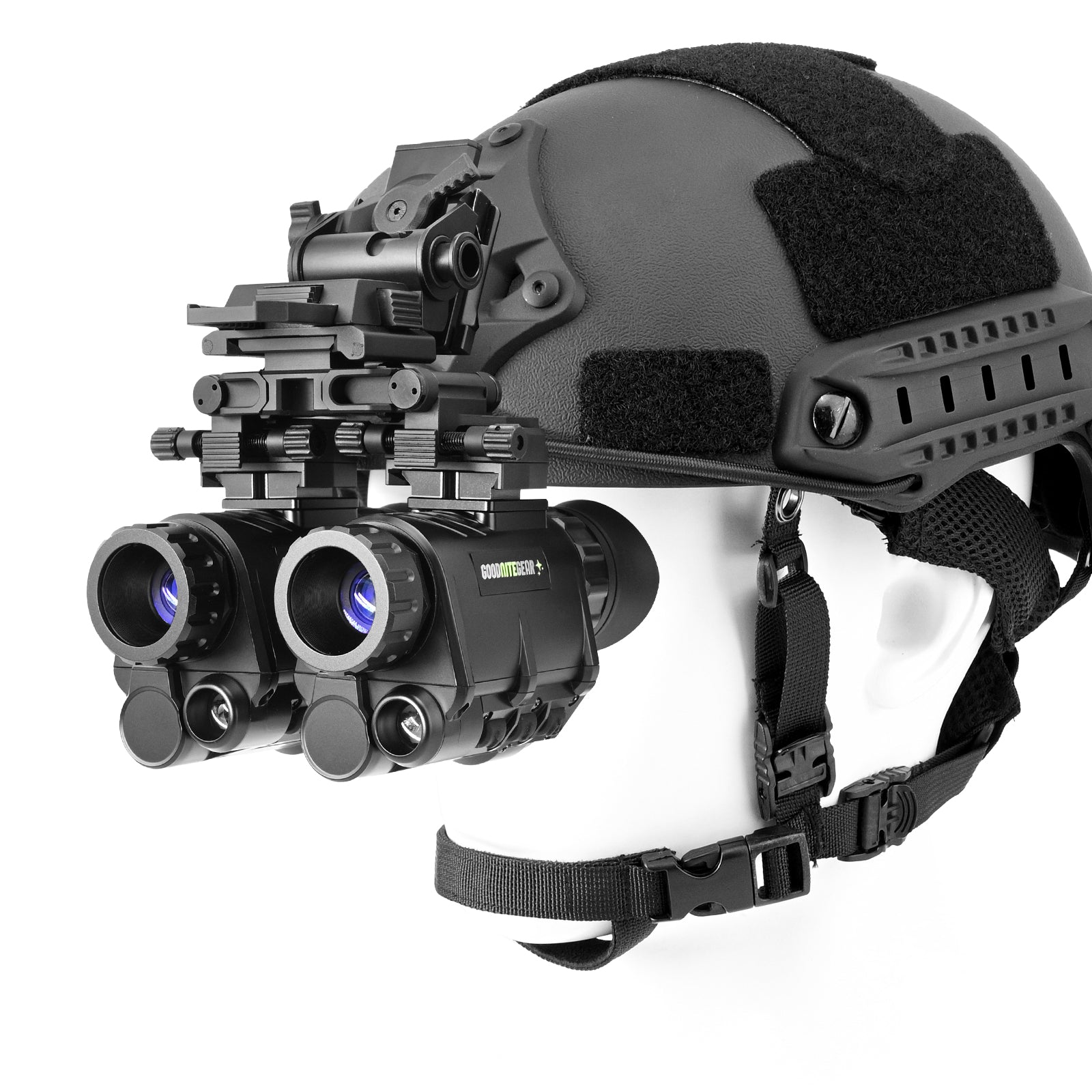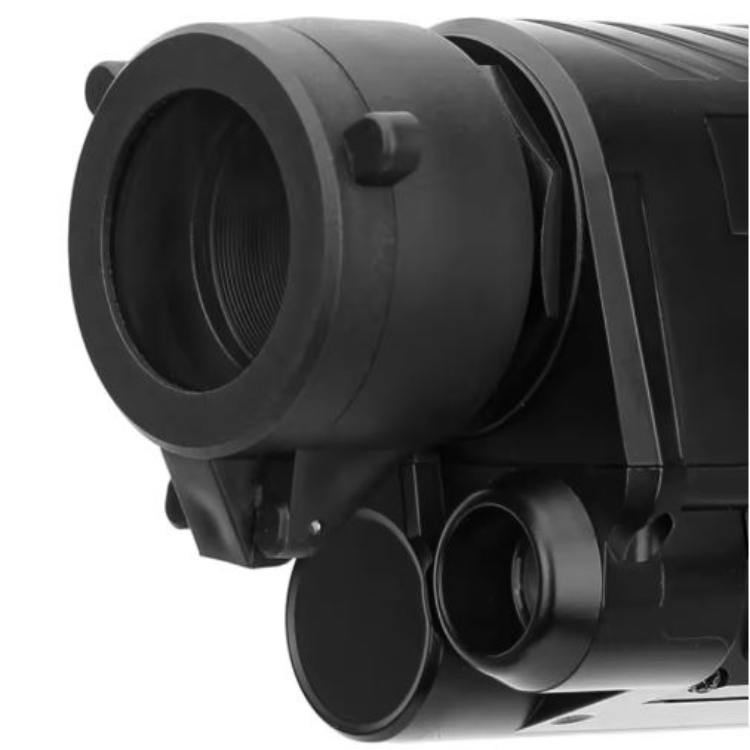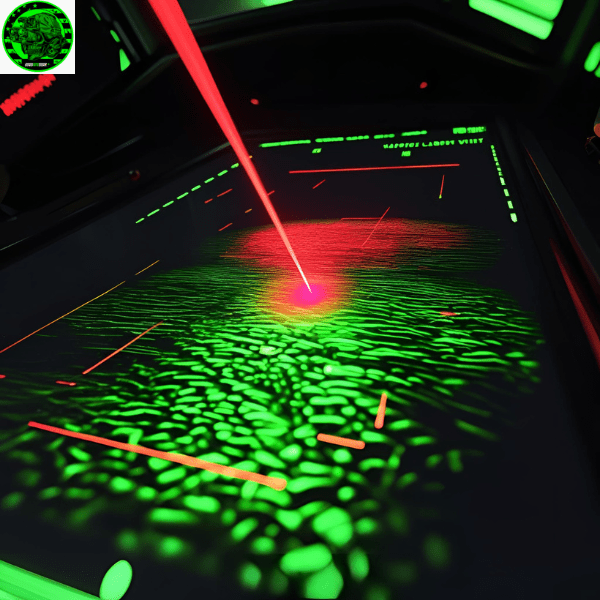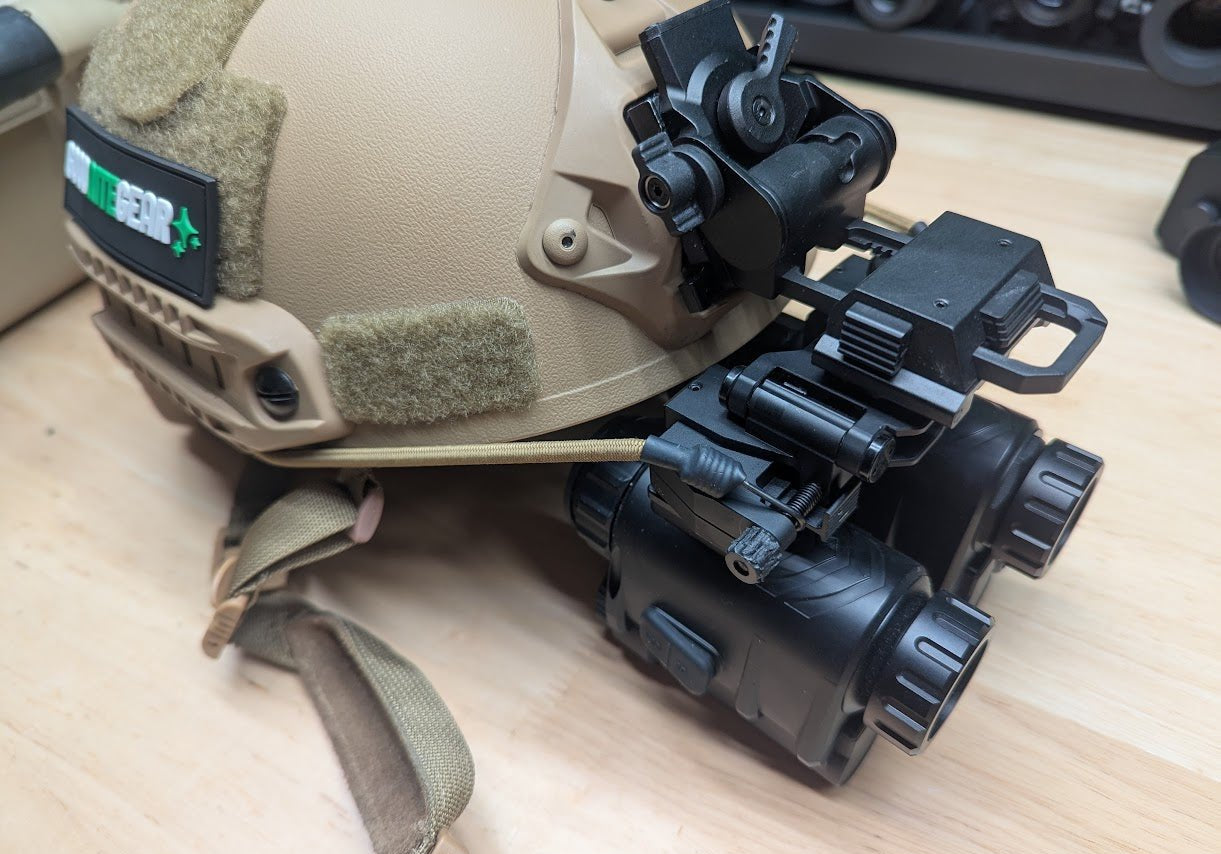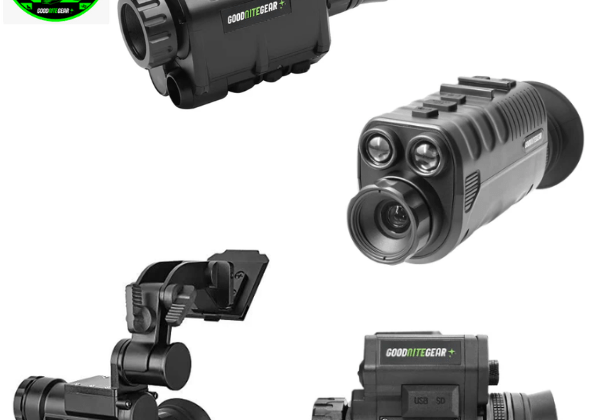Digital night vision has transformed low-light photography. However, the concerns regarding 'Can digital night vision see IR lasers?' are still present. The answer is affirmative, without any doubt!
Infrared (IR) laser beams are invisible to the human eye, but they may be detected by modern digital night vision devices. Good Nite Gear Shop describes the relationship between IR lasers and digital night vision so you can decide wisely on 'Can digital night vision see IR lasers?'
How does Digital Night Vision detect IR Lasers?
High-sensitivity CMOS or CCD sensors capable of detecting near-infrared (generally btetween 700–1100 nm) wavelengths are essential to digital night vision. Humans cannot see these wavelengths. However, digital sensors can, and the beam is usually shown as a brilliant green or white point.
IR lasers are visible through their sensors whether they are used in digital night vision:
-
Binoculars
-
Scope
-
Monocular
Types of Devices That Can Detect Infrared Lasers
A summary of common gadgets that can identify infrared laser dots is shown below:
Digital Night Vision Monoculars
These small, wearable devices with a single eye clearly show infrared laser dots.
Digital Night Vision Binoculars
Binoculars with stereoscopic viewing are perfect for distant observation of infrared laser spots.
Digital Night Vision Scope
It allows for precision laser aim in low light. It is frequently used in conjunction with weapons.
Digital Night Vision Goggles
Hands-free headgear that shows infrared lasers right in front of the wearer.
Digital Night Vision (General)
All sensor-based night vision devices are compatible with digital night vision. Infrared lasers can be seen, indeed.
These systems are excellent for target marking or aiming because they enhance ambient light and make infrared laser pointers clearly visible.
Buy NVG30 Digital Night Vision Monocular.
Beam vs. Spot: The Real Difference
An analog image-intensifier night vision may see the whole infrared beam through dust or fog. Digital night vision often shows the laser's impact dot, not its entire trajectory.
The beam provides a clear, distraction-free view by appearing as a pinpoint on the surface it strikes. Without overcrowding the scene, this clarity helps with optical precision.
Practical Applications and Considerations
Aiming and Tactics
For speedy target acquisition, tactical teams, predators, and law enforcement frequently use infrared lasers in conjunction with the latest digital night vision equipment.
Aligning your scope or goggles with a mounted infrared laser allows you to effortlessly view the targeting point.
Laser Strength and Safety
Higher-power units need to be used with caution. However, consumer-grade infrared lasers usually fall within Class 1 (≥0.7 mW) and are considered eye-safe.
In contrast, Class 3 outputs can cause eye damage and are strictly regulated. Selecting the right infrared laser is crucial when incorporating digital night vision.
The Best IR-Compatible Digital Night Vision Equipment
The most effective digital night vision systems easily combine infrared lasers.
-
A correctly aligned digital night vision scope provides crisp targeting points.
-
Night vision goggles digital makes hands-free operations possible.
-
A monocular is the best option for solo users because of its mobility.
-
Digital night vision binoculars are the best for situational awareness and immersive viewing.
Buy NVG50 Digital Night Vision Binocular.
The Bottom Line
So, can digital night vision see IR lasers? Yes!
Infrared lasers can be seen by digital night vision. With contemporary sensors, you will see a distinct dot where the laser falls. IR laser integration improves targeting and situational awareness in low-light conditions, regardless of whether you use a monocular, binoculars, scope or digital goggles.
Ensure the IR laser is eye-safe. Consider the type of gadget while choosing equipment. Utilizing digital night vision with infrared laser capabilities can improve sharper vision, target acquisition, and operational effectiveness.

